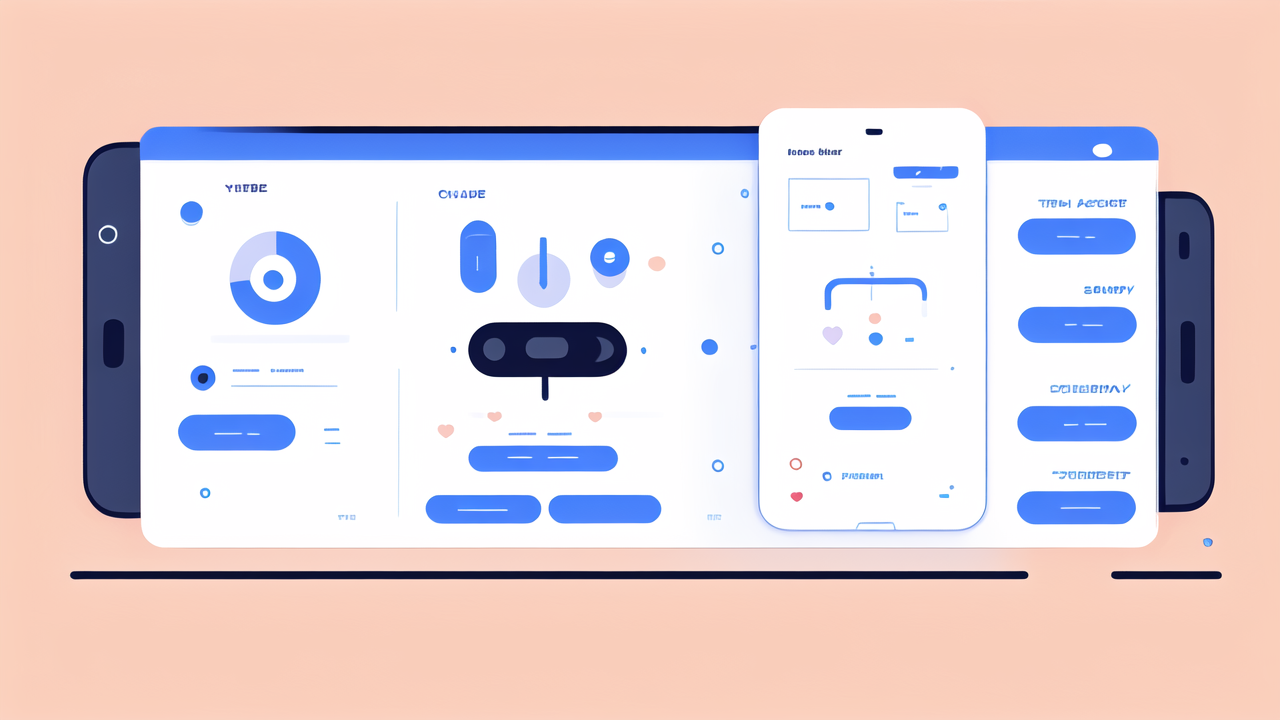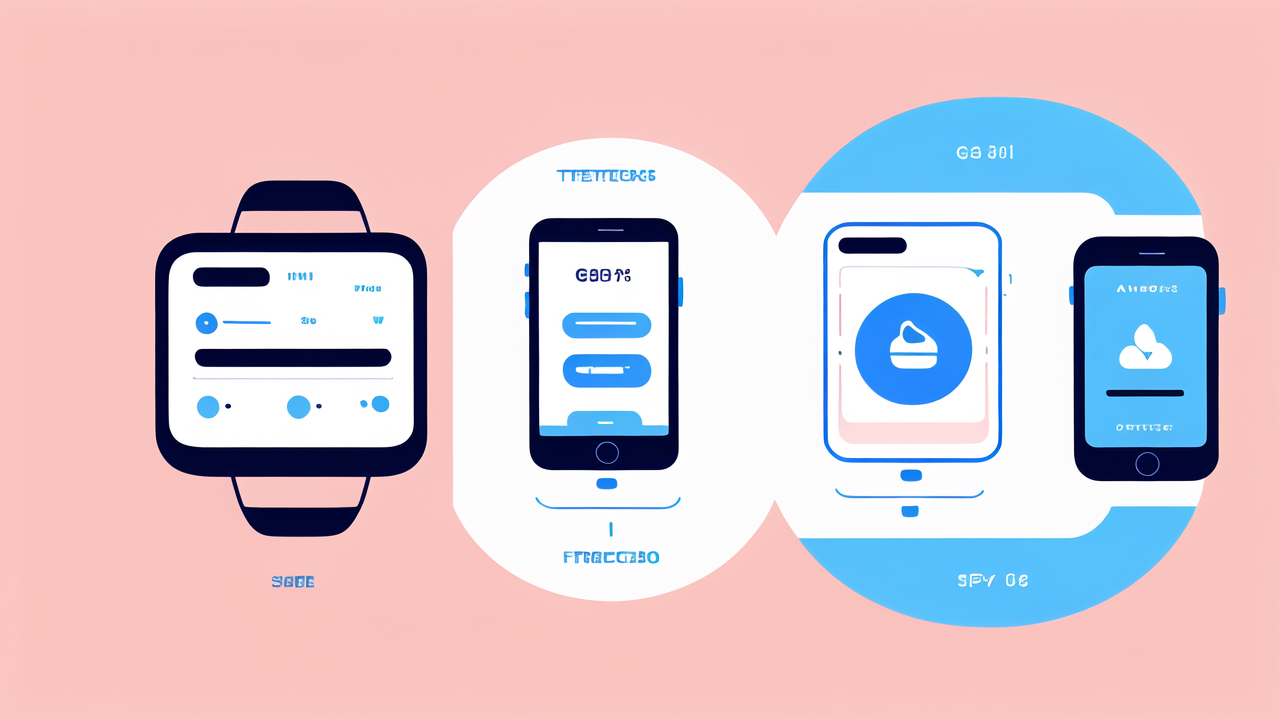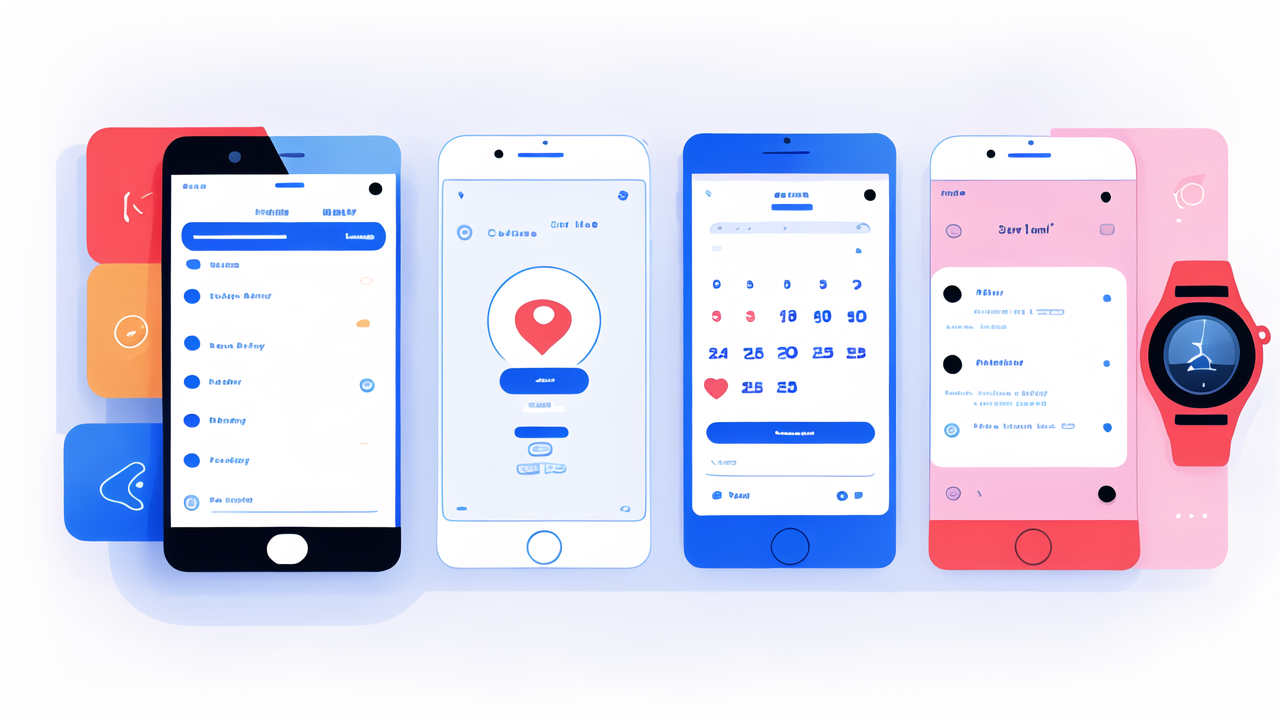The Evolution of Fitness Tracking: From Pedometers to Smartwatches
Understanding the Shift in Consumer Fitness Preferences
Fitness tracking has come a long way since the days of simple pedometers. Today, consumers want more from their devices. They seek comprehensive health insights and motivation to stay active.

Modern trackers offer features like heart rate monitoring, sleep analysis, and workout guidance. This shift reflects a growing interest in holistic health management. People now view fitness as part of their overall wellness journey.
The rise of smartwatches has also changed the game. These devices combine fitness tracking with smartphone features. This appeals to users who want an all-in-one solution for their wrist.
The Advancements in Technology Enabling Better Tracking
Technology has played a crucial role in improving activity trackers. Sensors have become more accurate and diverse. They can now measure various health metrics with high precision.
GPS integration allows for better tracking of outdoor activities. This is great for runners and cyclists who want to map their routes. Advanced algorithms can interpret data to provide meaningful insights.
Bluetooth and Wi-Fi connectivity enable seamless data syncing with smartphones. This makes it easy for users to view their progress and share achievements. Cloud storage ensures that fitness data is always accessible and secure.
Key Features to Look for in Modern Activity Trackers
Accuracy and Reliability in Tracking Daily Activities
When choosing an activity tracker, accuracy is key. Look for devices that consistently measure steps, distance, and calories burned. The best trackers use multiple sensors to ensure precise data collection.

Heart rate monitoring should be reliable, especially during intense workouts. Some trackers now offer ECG capabilities for more in-depth heart health analysis. Sleep tracking is another important feature to consider.
Water resistance is crucial for swimmers or those who want to wear their tracker all day. Look for devices with at least 5 ATM water resistance for swimming and showering.
Integration with Other Fitness and Health Apps
A good activity tracker should play well with other apps in the fitness ecosystem. Look for devices that sync with popular platforms like MyFitnessPal, Strava, or Apple Health.
Some trackers offer their own robust ecosystems with guided workouts and nutrition tracking. These can be great for users who want an all-in-one solution. However, flexibility to use third-party apps is still important.
Consider trackers that allow for easy data export. This ensures you're not locked into one system and can switch devices if needed.
Battery Life and Comfort: The Long-Term User Perspective
For daily wear, battery life is crucial. Some trackers can last up to a week on a single charge. Others may need daily charging, especially if they have advanced features like GPS.
Comfort is key for long-term use. Look for lightweight devices with adjustable bands. Some users prefer slim bands, while others like larger watch-style displays.
Consider the material of the band and any potential skin irritation. Many brands offer hypoallergenic options. The ability to easily change bands can also enhance long-term comfort and style.
The Market Leaders: A Comparative Look at Top-Selling Activity Trackers
Analyzing Market Share and User Demographics
The activity tracker market is dominated by a few key players. Fitbit, Apple, and Garmin are often at the top of the list. Each brand appeals to different user groups.

Fitbit remains popular among fitness enthusiasts of all levels. Their devices are known for ease of use and social features. Apple Watch leads in the smartwatch category, appealing to iPhone users and tech-savvy consumers.
Garmin caters to serious athletes and outdoor enthusiasts. Their devices offer advanced metrics for running, cycling, and other sports. Samsung and Xiaomi are gaining ground, especially in the budget-friendly segment.
Expert Reviews on Top-Selling Fitness Wearables
Experts often praise the Apple Watch for its seamless integration with iOS and health features. The ECG function and fall detection are standout features for health-conscious users.
Fitbit's Versa series gets high marks for battery life and sleep tracking. The Fitbit app is also noted for its user-friendly interface and motivational challenges.
Garmin's Forerunner and Fenix lines are favorites among endurance athletes. Reviewers highlight their durability and detailed performance metrics. However, they may be overkill for casual users.
Future Trends in the Fitness Tracking Industry
The future of fitness tracking looks bright and innovative. We can expect to see more advanced health monitoring features. Blood oxygen monitoring and stress tracking are becoming standard.
Artificial intelligence will play a bigger role in providing personalized insights and recommendations. This could help users make more informed decisions about their health and fitness routines.
Wearable ECG and blood pressure monitoring may become more widespread. This could bridge the gap between consumer devices and medical-grade equipment. However, regulatory approval will be a key factor in this development.
As technology advances, we may see new form factors beyond wrist-worn devices. Smart clothing and earbuds with built-in sensors could offer less obtrusive tracking options.
In conclusion, the activity tracker market continues to evolve rapidly. Users have more choices than ever, from simple step counters to advanced health monitors. The key is to find a device that aligns with your fitness goals and lifestyle.




Leave a comment
This site is protected by hCaptcha and the hCaptcha Privacy Policy and Terms of Service apply.